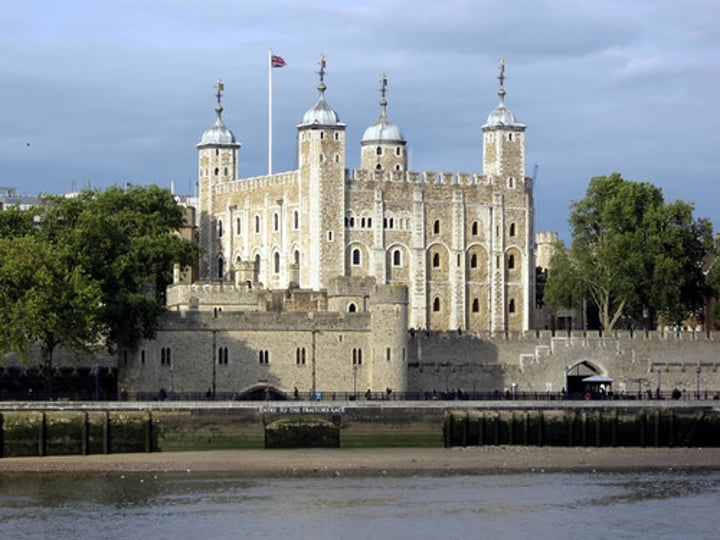✅[D.3] ROMANESQUE PERIOD
1/56
There's no tags or description
Looks like no tags are added yet.
Name | Mastery | Learn | Test | Matching | Spaced |
|---|
No study sessions yet.
57 Terms
Romanesque Period
Means "in the roman manner" a style art emerging in Italy in the 9th century and lasting until the advent of gothic architecture in the 12th century. Names as so because it looked closer to Rome than gothic
1000-1150
When was the Romanesque period?
True
True or false: during the Romanesque period, there was no more Roman empire and Byzantine was conquered by the Muslims
Charlemagne
The ruler that was instrumental to the crusades
Age of Faith
The church re-established itself as a strong unifying and stabilizing force
Great Schism
The definite spilt of the 2 churches; western and eastern
True
True or false: the Church during the Romanesque period was at its most influential and powerful
Monasticism
Monasteries became the center of education
Feudalism
A system of political organization in which a vassal served a lord and received protection and land in return. Birth of land lords. Charlemagne's kingdom was parceled out among his grandsons after his death
Knighthood
Young sons of noble families who attached themselves for military purposes
Crusades
A series of religious expeditionary wars blessed by the pope and the catholic church, with the stated goal of restoring Christian access to the holy places in and near Jerusalem
Manorialism
Economic system based upon limited land ownership and forced later known as SERFS
Reliquaries
CONTAINERS of RELICS
Relics
Body parts or possessions of saints
Stylized
The aesthetic used during the Romanesque period because Christianity was at its peak
Bayeux Tapestry
A unique embroidered narrative executed by a group of women. It resonates the events leading to the battle of hastings. The longest tapestry in the world (230 ft. long)
False
True or false: The exteriors remained undecorated like the Byzantine period despite the church wanting to educate the illiterate
Stavelot Triptych
Earliest known reliquary with scenes from the popular medieval legend of the true cross. Contained relics believed to be the true cross
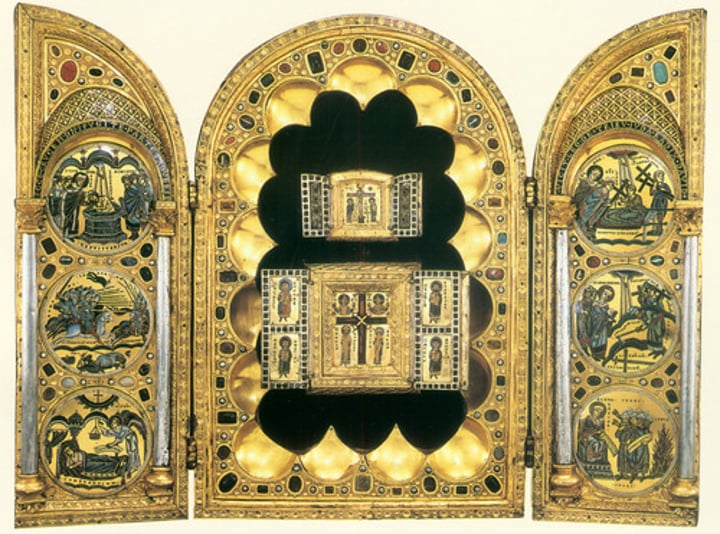
Sculpture
Served as literature for the illiterate
Figurative Sculptures
Served as literature for the illiterate, revived as architectural reliefs became hallmark of the late Romanesque period. more concern put in religious emotions and concern for psychological reality rather than proportion
Trumeau
Location of sculpture in the CENTRAL SUPPORT of medieval doorways
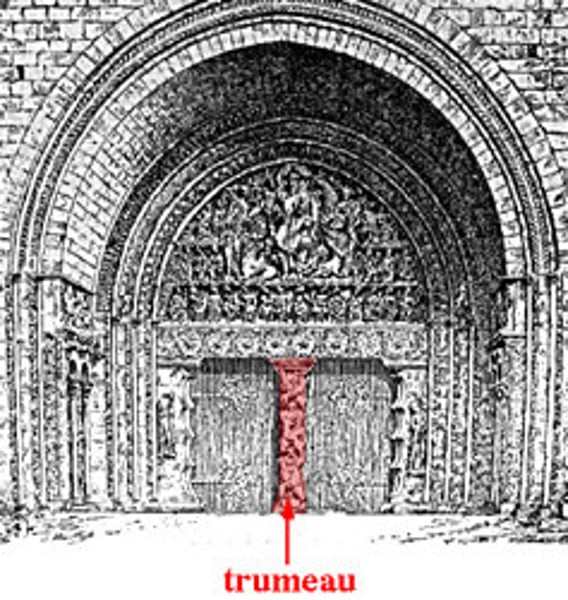
Tympanum
Location of sculpture in the LUNETTE ABOVE THE DOOR was ornamented with complex iconography
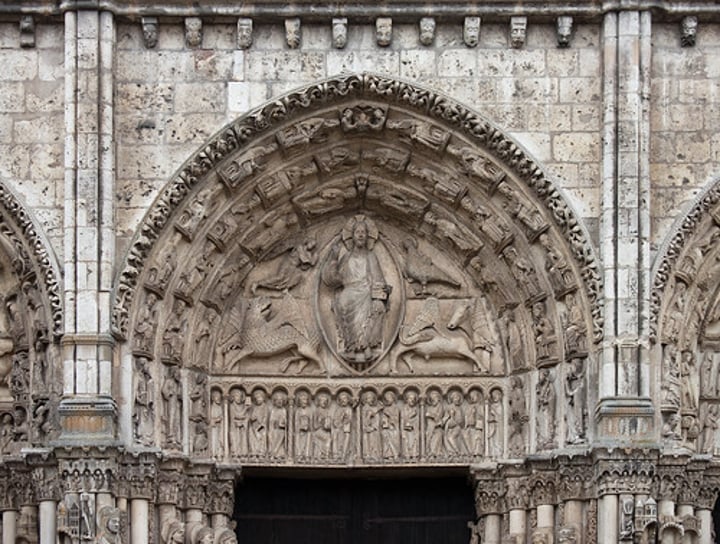
Ribs
Curved arches. Added to barrel and groin vaults
Transverse Rib
Rib vaulting is also known as
Wheel Window
The precursor to the rose window
Stone Masonry Vaulting
Vaulting used widely in their architecture
Ambulatory
WALKWAY with its ring of chapels surrounding the sanctuary
Masonry Buttress
Exterior support, applied to COUNTER THE LATERAL THRUSTS OF THE VAULT
Westwork
Replaced narthex. Western facade decorated with flanking towers, arched doors, multiple stores, ornaments
East
The altar should always be located at the [answer] because Christ rose here. Hence the westwork is located at the west
Continual Arcading
Type of arcading applied in the famous leaning tower of Pisa
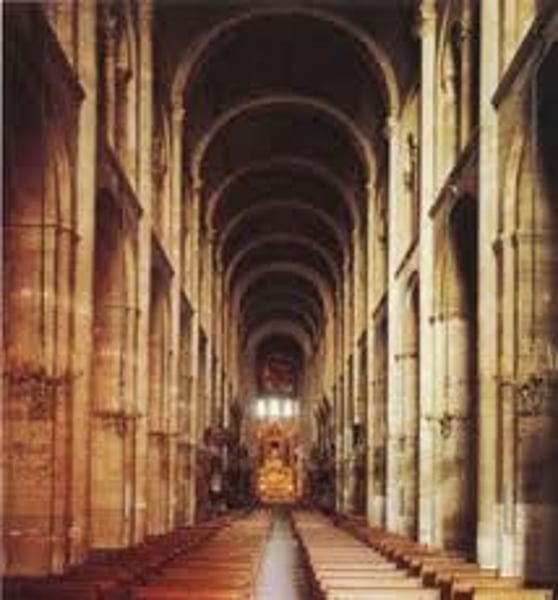
Blind Arcading
Distinct form of decoration aimed at relieving otherwise blank walls. Use of arches against walls. they aren't open or passable
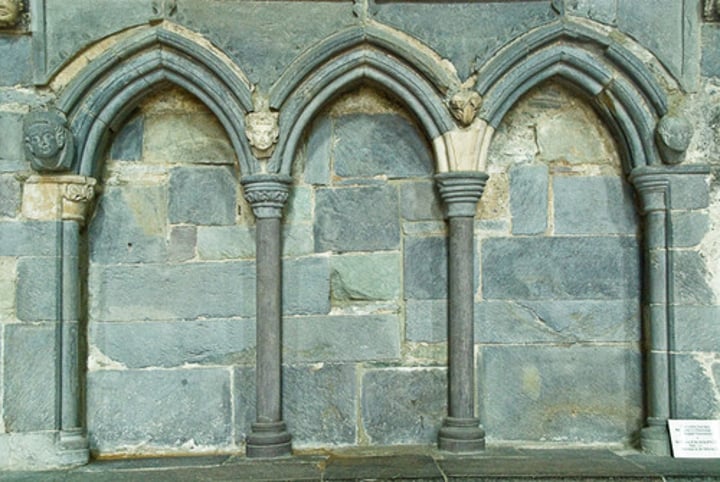
Segmented Arch
An arch struck from ONE OR MORE CENTERS below the springing line
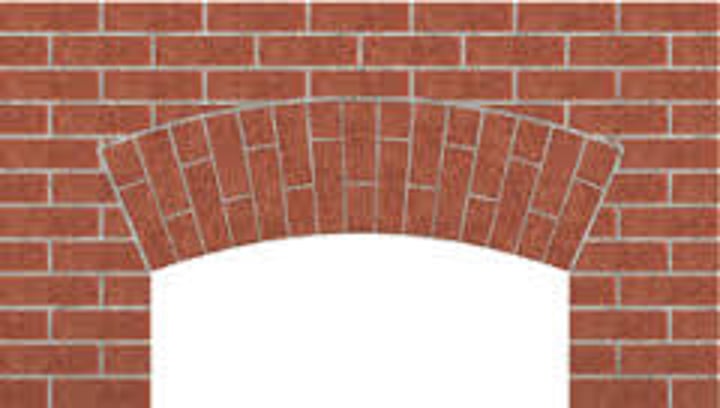
Stilted Arch
An arch RESTING ON AN IMPOSTS treated as DOWNWARD CONTINUATIONS of an ARCHI VOLT
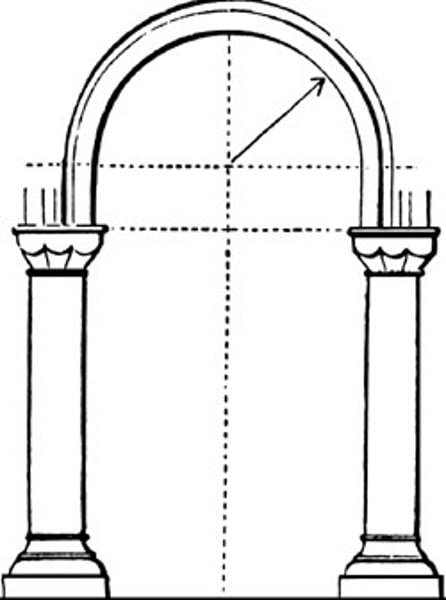
Horseshoe Arch
Also called the Moorish arch and the Keyhole arch, is the emblematic arch of Moorish architecture. can take rounded, pointed or lobed form
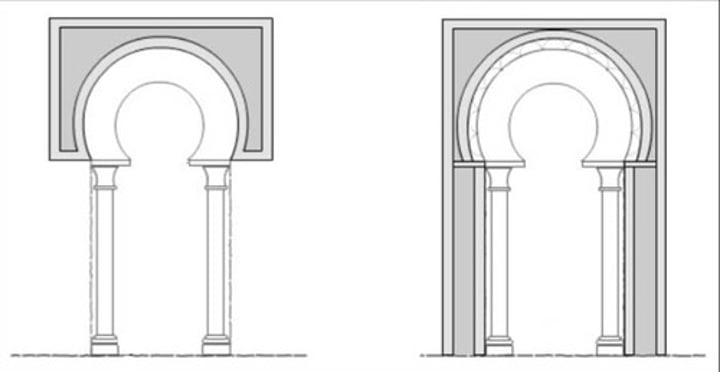
Atrium
Part of a church plan; A FORECOURT surrounded or flanked by porticoes
Narthex
Part of a church plan; portico before the nave for the penitents
Nave
Part of a church plan; PRINCIPAL or CENTRAL PART of the church extending from the narthex to the choir
Aisle
Part of a church plan; any of the LONGITUDINAL DIVISIONS separated from the nave
Bema
Part of a church plan; RAISED PLATFORM transverse open space separating the nave and the apse placed on either side. functioned as a stage for the seating of clergy, first in the chancel and later in the apse
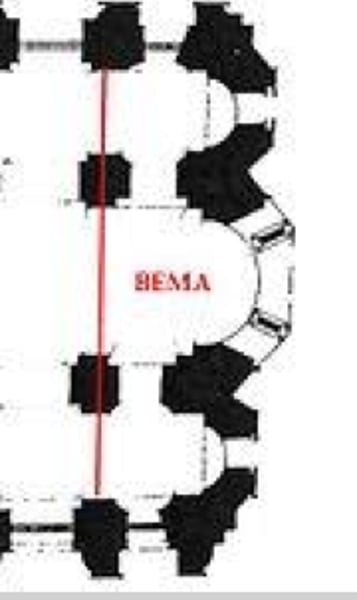
Transept
Part of a church plan; as wide as the nave forming a square at the crossing, consisting of the choir and apse
Choir
Part of a church plan; part of the basilica occupied by the singers
Ambo or Ambulatory
Part of a church plan; SEMI-CIRCULAR WALKWAY with chapels off it surrounding the sanctuary
Pulpit
Part of a church plan; appointed place for preaching
Apse
Part of a church plan; usually semi-circular or polygonal. often vaulted recess, especially the termination of the sanctuary end of the church
Altar
Part of a church plan; table upon which the eucharist is celebrated
Monasteries
Denotes the building, or complex of buildings, that houses a room reserved for prayers (oratory) as well as the domestic quarters and workplace(s) of monastics whether living in community or alone; usually arranged around a quadrangle
Abbey of Cluny
Grandest Romanesque monastery
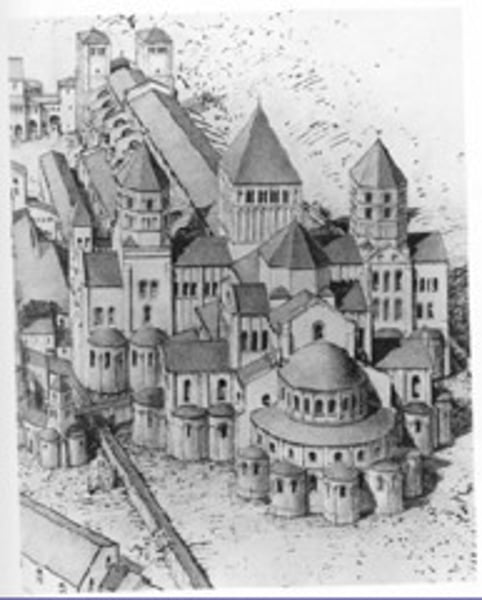
Cloister
Courtyard inside a monastery
Almonry
Treasury house inside a monastery
Infirmary
So called hospitals/clinics inside a monastery
Abbot's Lodging
House of main monastics
Cells
Dormitories inside the monastery
Cathedral of Pisa
Cathedral by an unknown architect, famous for it's leaning tower
Santiago de Compostela
Located in Spain; a pilgrimage destination for Paul's pilgrims; said to contain a fusion of styles. built over the believed tomb of St. James the apostle
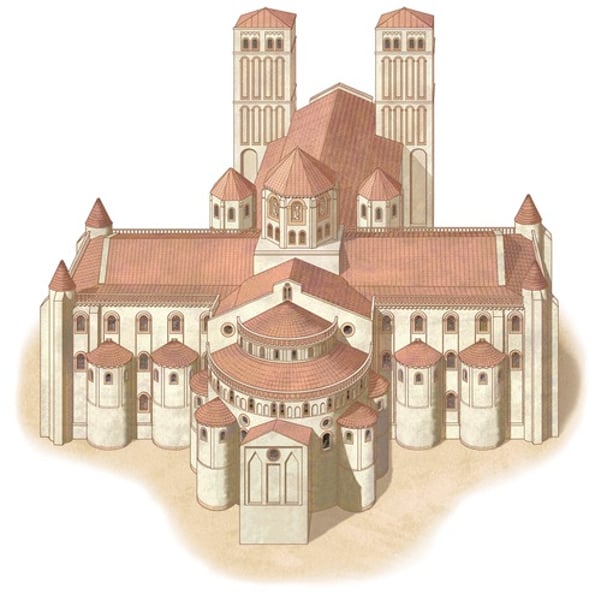
Durham Cathedral
Said to be the GREATEST NORMAN BUILDING and the only cathedral to retain its Romanesque craftmanship in England. Most ambitious and largest Romanesque church, believed to be the birthplace of gothic style

Tower of London
Royal palace of her majesty. An example of Norman military architecture built on Thames by William the conqueror to protect London and assert his power
